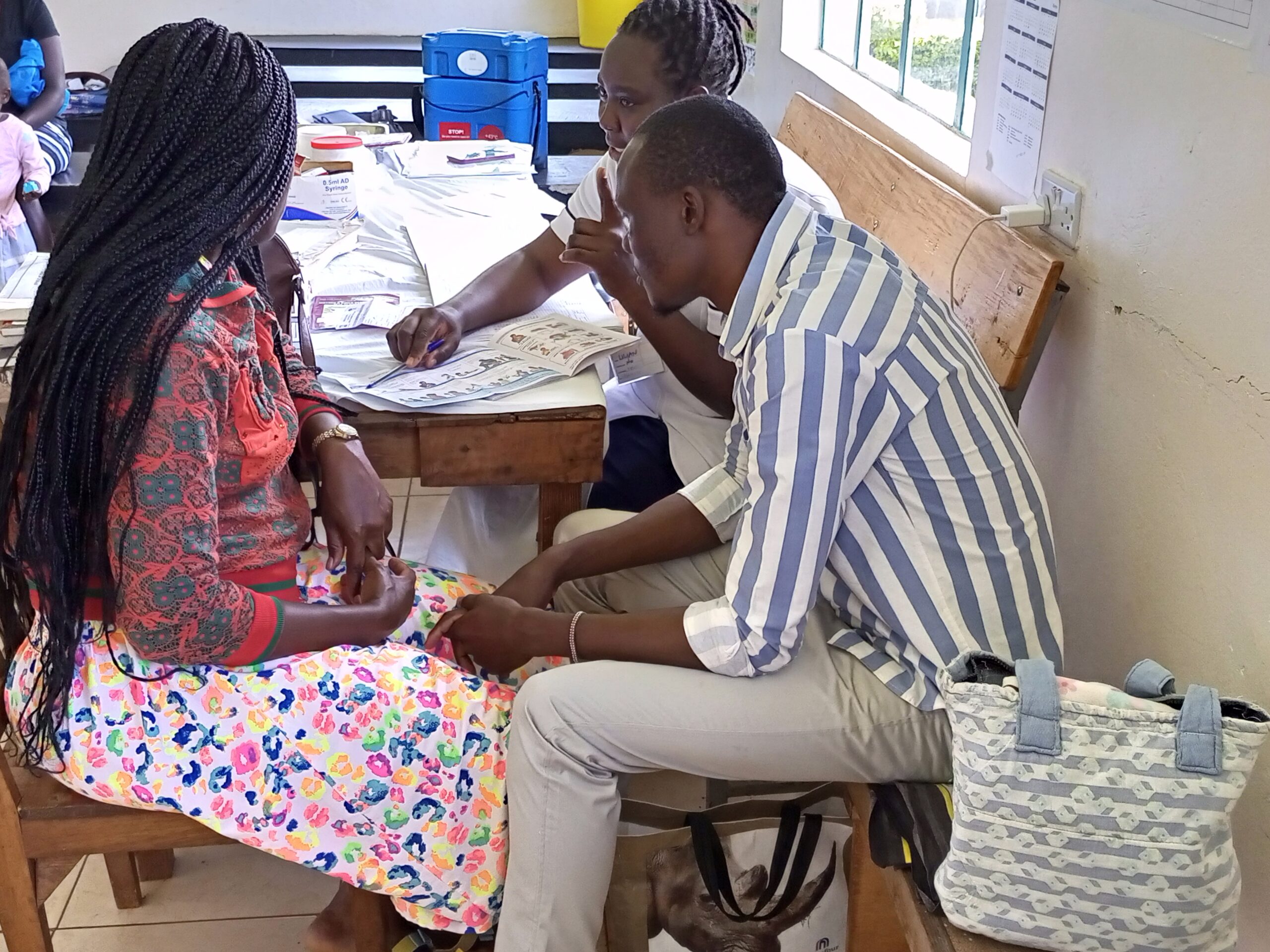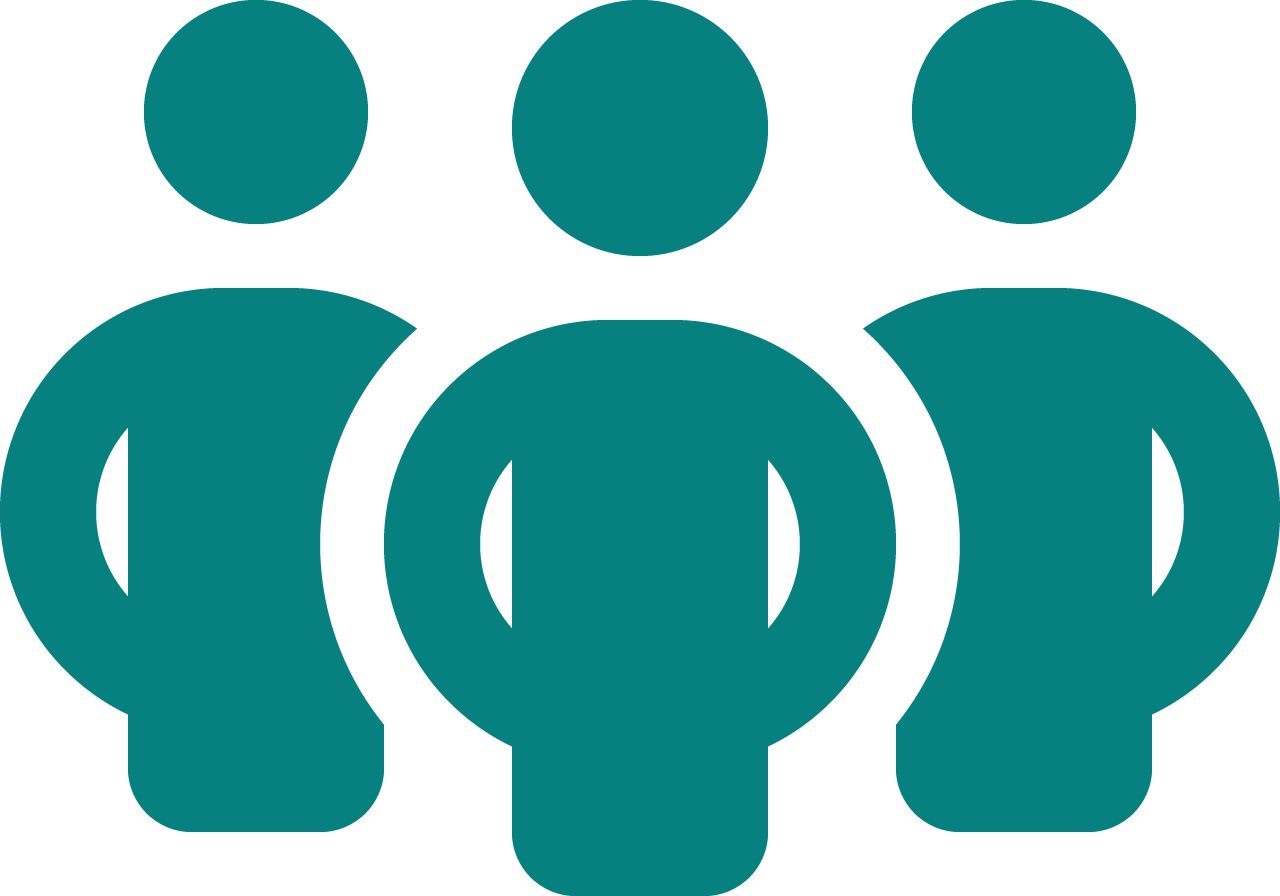Formative assessments were also used by PATH to understand how health services worked and how the global Care for Child Development (CCD) package could be adapted to busy facility and community providers’ schedules. We observed how much time each consultation or household visit lasted, whether any counseling was provided, how and with what tools, and what data was recorded. We used what we learned to re-design counseling tools, training materials, and mentoring guides. For example, one of the innovations based on formative assessments was to develop integrated mentoring guides for facility and community touchpoints, as opposed to having ECD-focused tools. This helped improve the quality of the whole consultation or household visit, as opposed to just the ECD component. Another innovation was a playbox session in the waiting room, which addressed the problem of long waiting hours and lack of space for setting up permanent play corners.
After introducing the new or re-designed tools, PATH would go back to document their acceptability, feasibility, and initial impact, as perceived by the health providers. An example is an operational research study conducted in southern Mozambique, in 2018, to evaluate facility provider use and perceptions of developmental monitoring and counseling tools and protocols.
Regular analyses of data in primary care and specialist registers also helped understand common challenges experienced by providers and inform intervention design. For example, analyses of three months of physiotherapy data in two major hospitals of Maputo province in 2017 suggested under-detection of developmental risk factors such as birth asphyxia by MCH nurses and resulting late referrals to specialists. This has led to relevant updates in training for the nurses.
At a later stage, when PATH’s Living Labs team in Kenya was established, we increasingly began to use principles of human-centered design to not only understand the provider work context but also to co-create interventions with them. In Kenya, this has led to the co-design of the SOP for ECD, a tool that helps facility and community providers to make better use of the national Mother Child Health Handbook. In Mozambique, it allowed the team to identify opportunities for counseling in maternity wards, among other touchpoints. Additionally, we are currently using human-centered design to identify motivators and barriers in providers’ delivery of ECD services, including the contributing attitudes and actions of health facility directors and supervisors.



